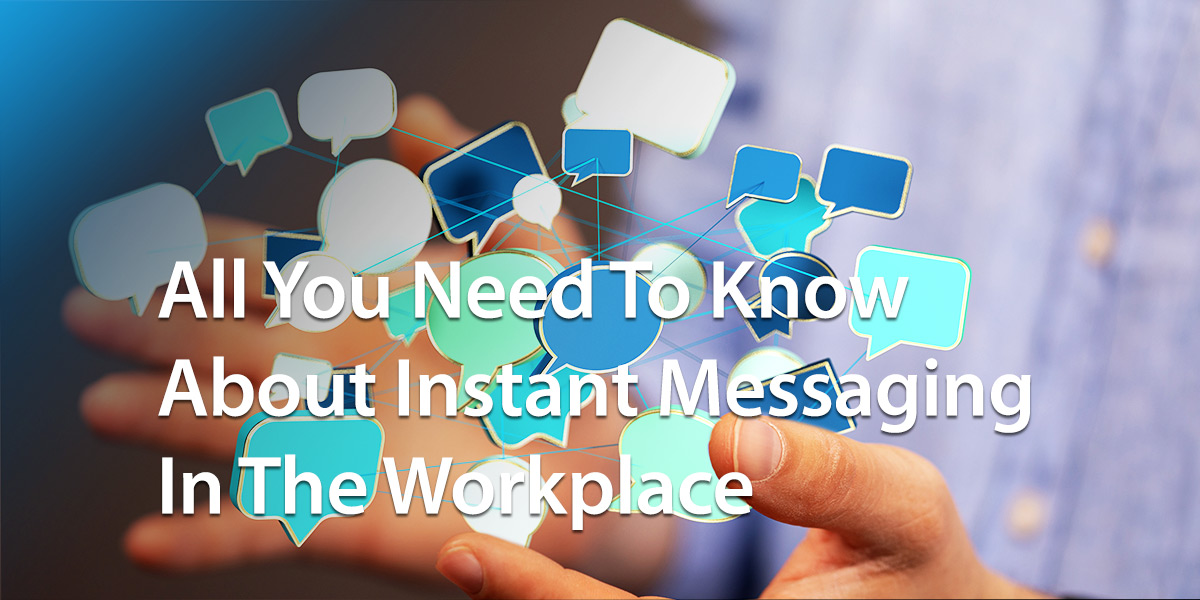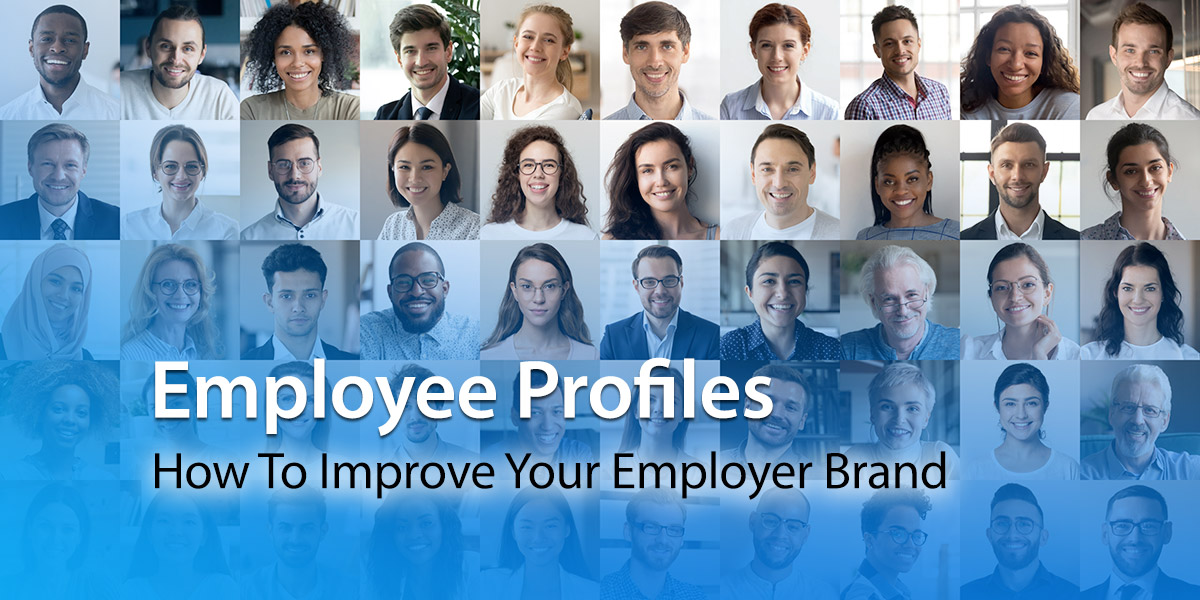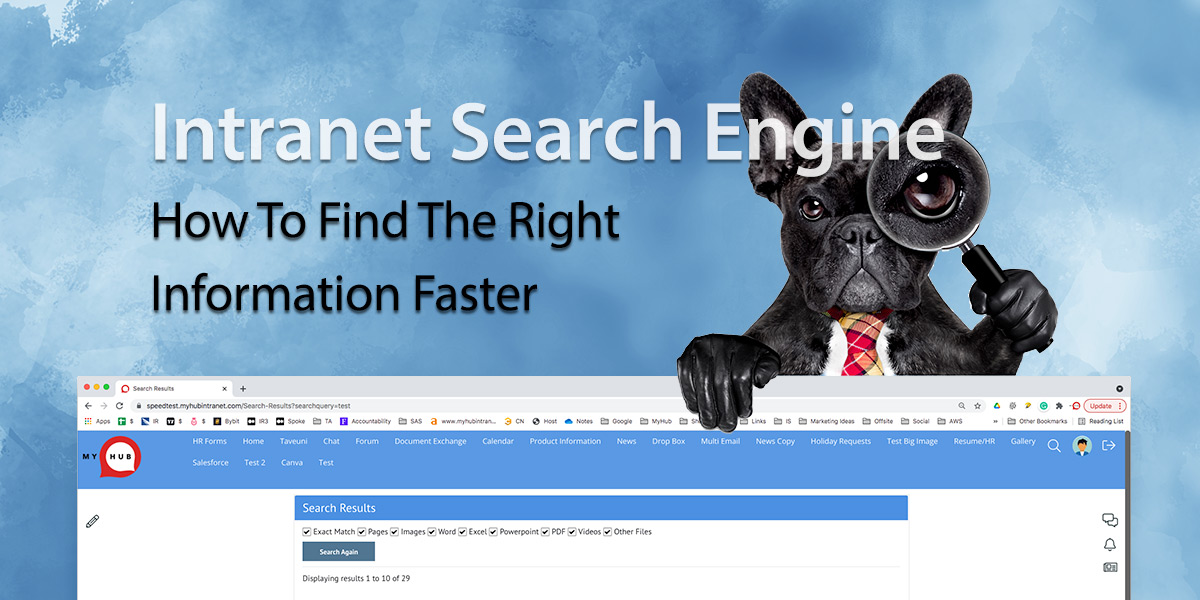All-in-one staff websites that pull together the information and resources staff need is mission-critical. Employee websites (also called intranets) ensure that staff communicate, collaborate and connect from one central hub. No more all-staff emails or overloaded shared drives. And no more need for workers to have multiple apps and tools. Does that sound like a pipedream? The good news is that intranet technology puts a staff website within anyone’s reach. And that includes the tech novices among us and the resource-strapped small business.
However, before you get stuck into developing your site, there are a few things you need to know. To be successful, the platform must have a people focus. If the intranet doesn’t satisfy the needs of your employees, it’s unlikely to be widely adopted.
Here at MyHub, we have been helping businesses set up websites for employees for many years. And we have learned a thing or two about the essential features needed for success.
So, if you are developing a site for workers, here are the top 17 must-have features.
1. Team And Company-Wide Newsfeeds
Keeping up to speed with news and events is a top priority for your people. And it has benefits for the organization. It’s an excellent way to reinforce company culture and keep everyone on the same page. Team and corporate newsfeeds are the number priority for your intranet.
And rather than straightforward news headlines, why not allow employees to personalize their newsfeeds? That way, they will be presented with a tailored digest of team and company news, reflecting their needs and interests.
Furthermore, there are endless ways to present news with the intranet’s multi-media capabilities. You can use videos, make infographics, colorful photos, and images to bring news stories to life. Even better, allow workers to like, share and comment on newsfeeds. And incorporate an organization calendar so employees don’t forget a critical deadline or miss important events.
One thing’s for sure. Intranet newsfeeds offer a more engaging employee experience than old-school newsletters and all-staff emails.
2. Business Instant Messaging
With distributed teams of remote and office-based staff now standard, staying connected with business IM is vital.
Fun and easy to use, team chat has a familiar social feel, making it a popular workplace tool. You can share files and hold public or private conversations. Powered by an advanced search, finding that nugget of information when needed is straightforward.
Workers can follow trending topics with # channels such as #marketing, #sales, or #tips. And the @mentions feature ensures no one misses out on an important update.
Employees can see at a glance who is available and ready for a conversation. And they can turn the chat feature on and off when they need to focus on a task.
Business instant messaging also benefits your customers. On-the-road staff can quickly resolve customers’ queries or get approvals by pinging head office colleagues. The outcome is happy, satisfied, and more loyal customers.
Business IM makes for faster, more effective decision-making. And help and advice are just a ping away.
3. Staff Profiles
Remember your first day at work and all those new faces? Memorizing names, let alone job titles was impossible, right? Staff profiles not only take the stress away for recruits but also help connect workers.
Intranet worker profiles go beyond just names and contact details. Nowadays, employee profiles support collaboration by showcasing internal knowledge. Workers can reach out to colleagues across the business. And personal activity walls highlight internal expertise and help to connect people with knowledge.
Be sure to also include personal details such as hobbies and achievements outside work. That way, you will strengthen those all-important personal relationships in your workplace.
4. Centralized Information Hub
The intranet should be your go-to information hub, from corporate policies and handbooks to SOPs and sales statistics. A central resource means there’s only one source of truth for the whole organization. Staff know they can easily find that vital information from any physical location.
Furthermore, a digital library of information save on paper and eliminates confusion or the possibility of errors.
However, make sure you accurately tag and categorize information so it’s easily discoverable. Check out our blog on intranet search for helpful tips. And have processes in place to review content regularly. The credibility of your site relies on information being relevant and up to date.
5. Automated Requests & Approvals
Paper or email approval processes are a major bottleneck in many companies. Quick and easy approval is vital for workers wanting to book leave or purchase equipment.
Automated digital processes are super easy to set up and streamline the whole procedure. Automatic routing and updates give both requestor and approver greater oversight of where things are at. The result is faster approvals, fewer errors, and smoother information flow.
6. Discussion Forums
This must-have feature gives staff a voice, regardless of business size. Many companies use forums to gather feedback, encourage innovation and idea-sharing, and promote employee engagement. Discussions can be organization-wide, between departments and projects, or team-based.
7. Project Workspaces
Project workspaces are another mission-critical feature, especially in distributed teams. Workers come together to brainstorm, share insights, problem-solve, and track progress in a secure private forum. Project workspaces make collaboration a breeze. Regardless of location, your people can collaborate in real-time.
8. Surveys
It could be a detailed employee engagement survey or a snap poll on the Christmas party location. Either way, survey tools are always popular with staff.
Surveys are helpful in several areas. Annual staff opinion surveys allow you to benchmark and track employee engagement over time. Simple to set up on the intranet, they are also far more cost effective than using expensive external consultants.
You can also use surveys to gather feedback on a range of workplace issues or new initiatives. Find out what workers really think about internal communications. And improve decision-making by gaining insights from workers on the latest employee wellness package.
Surveys are a versatile tool, making them an essential feature for your intranet.
9. Quizzes
Quizzes can be fun and informal. Why not use a quiz as an icebreaker for your next departmental webinar?
You can also use quizzes to support learning and development. For example, many companies have incorporated them into their onboarding to assess learning and understanding. Workers and managers can readily identify any knowledge gaps and take follow-up action.
10. Learning And Development Portal
Top-performing businesses such as the Fortune 500 all have one thing in common. They have a strong culture of training and development. Staff feel valued, and in turn, the business benefits from new knowledge and skills. And the benefits of training and development extend to increased productivity and reduced employee turnover.
Your intranet is the ideal platform for an HR learning and development portal. Training could be in-house and online. Or it could be external programs and workshops. Either way, the employee has one go-to resource for all corporate training and development resources.
Furthermore, the technology can provide a record of an individual employee’s professional development. This ability is critical to managing regulatory compliance for your services.
11. Integration With Enterprise Apps
Nowadays, most employers use a wide variety of business apps in the workplace. It could be Google Workspace, Microsoft 365, or CRM systems like Salesforce. Single sign-on log credentials should be a feature of your intranet. Gateway access makes for a streamlined, more coherent user experience. And it means staff are not wasting time flicking between multiple apps and juggling several passwords.
Whatever apps are used in your business, make sure these are integrated with your employee website.
12. Smart Search
Every best-practice intranet has to be supported by an advanced smart search. Imagine navigating your way around the internet without Google’s help. It would be impossible, right? An advanced search ensures workers find what they need at exactly the right time.
Intelligent search is an absolute must, so make sure yours is readily accessible anywhere on the site. Use quick previews and filter results by tags, authors, dates, and topics.
Not only will you improve the user experience, but you will also help tackle information overload. Plus, employees will not waste valuable time locating critical data, making them more efficient and productive. Easy-to-navigate intranet technology also drives adoption and keeps your people interested in the platform.
13. Centralized Onboarding
Getting that new hire quickly up and running is a priority for every HR department. And an intranet-based centralized onboarding resource will go a long way to achieving just that.
One location for all onboarding resources makes for a streamlined process. Employees can complete all new-hire and payroll forms online, familiarize themselves with company policies and procedures and explore employee profiles.
Simplified onboarding benefits both the employee and the employer. It ensures the recruit can hit the ground running in no time.
14. Knowledge Management
A knowledge management system should also be high on your wish list. According to research, knowledge workers in the US waste an incredible six hours each week waiting for vital information from co-workers or rebuilding existing company knowledge. Frustrating for the individual, it also means lost productivity and missed opportunities for the business.
Forums, project workspaces, wikis, blogs, newsfeeds, and search are critical to efficient and effective knowledge management. These fantastic tools combined make intranets the best way to capture, share and manage internal knowledge.
15. Employee Recognition
There’s nothing like a public thank you to boost employee and team morale. Some of the most admired companies showcase employees of the month in the intranet newsfeed. Others prefer to have a dedicated #shoutout channel where staff can acknowledge the good work of colleagues. The important thing is to ensure your site recognizes employees for their efforts.
In one study, 44 percent of workers said that a lack of recognition drove them to switch jobs. Using the software to recognize staff is one easy-to-implement way to impact employee retention.
16. Mobile-First Design
Working from home is now an established part of the workplace. And so, your employee website must have a mobile-first design or, even better, a mobile app. On-the-go staff, deskless, and remote workers need the same rich functionality as office employees.
For mobile users, navigation should be short and sweet. Plus, tools and menus should be finger-friendly and adapted for touchscreens. Graphic rather than text-based buttons work best on smaller mobile screens. And make sure fonts and font sizes are readable on mobile devices.
17. Incorporate Fun And Social Elements
It doesn’t always have to be about the daily grind. Introducing some fun, social elements to your employee website will enhance team spirit and corporate culture.
Use the intranet to celebrate birthdays or significant achievements outside work. Incorporate emojis in instant messenger. And why not set up a classified section where staff can locate after-work gym buddies or share yummy recipes.
Some companies have made using the intranet a competition. The most-active user each month is rewarded with a $20 gift voucher. And a casual conversation on the #timeout channels helps address the isolation and loneliness remote workers sometimes experience.
These fun ideas will ensure your employee website engages workers while delivering on business needs.
Ready to get started on your website for employees? MyHub has the expertise and knowledge you need for success. Organizations of all sizes and industries across the globe use our cloud intranets. Find out why with a free demo or 14-day trial.












